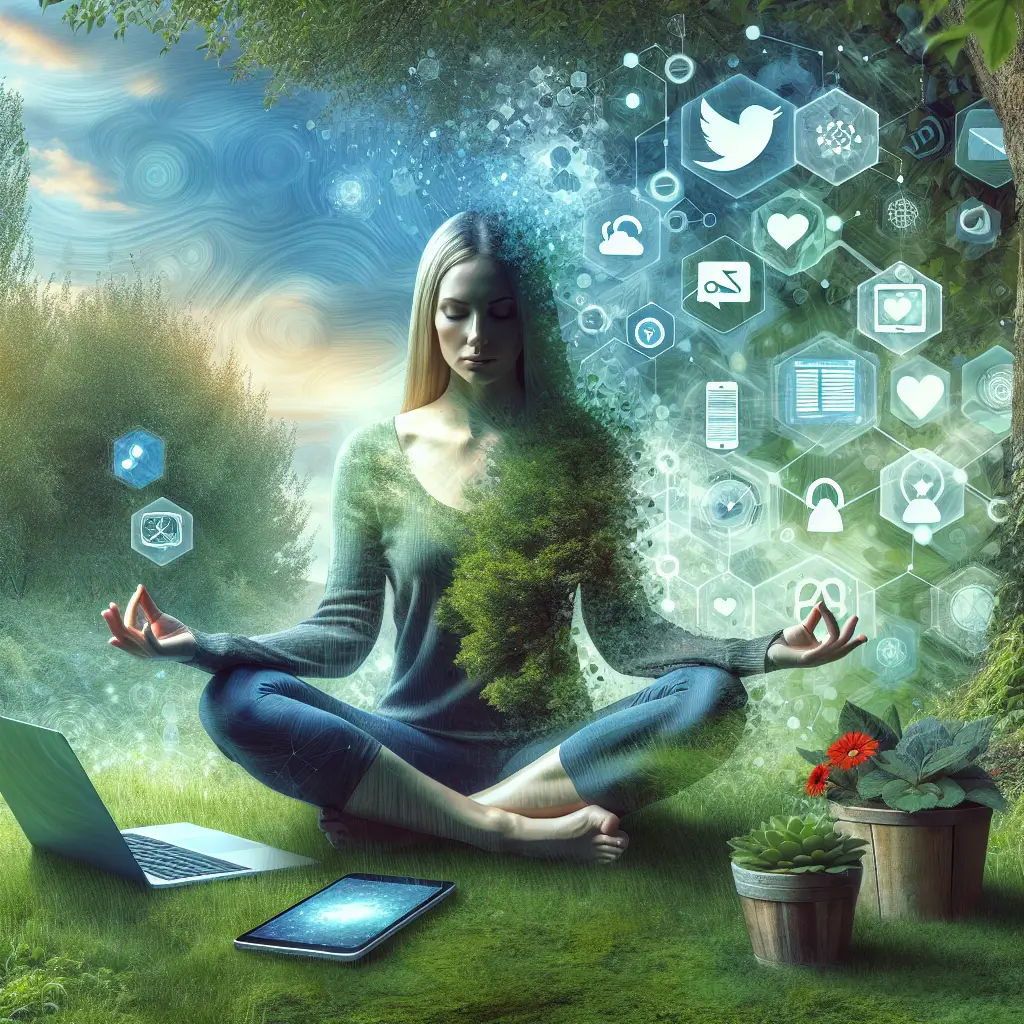Balancing Digital Wellness Tips : Pros and Cons of Using Mobile Social Media and How to Not Become a Digital Slave
In today’s fast-paced digital world, social media is an integral part of our daily lives. It’s how we connect, share, and communicate with the world. However, over-reliance on mobile social media can lead one to become a digital slave. The ultimate goal of digital wellness is to achieve a balance between leveraging technology advantages while minimizing unwanted consequences.
Pros of Using Mobile Social Media
Mobile social media has revolutionized the way people interact and consume content. Some benefits include:
- Enhanced Connectivity: Social media platforms such as Facebook, Twitter, and Instagram allow people to stay in touch with friends, family, and colleagues around the globe.
- Easy Access to Information: News updates and educational content are easily accessible. Users can follow influencers, thought leaders, and news outlets for instant updates and diverse perspectives.
- Business Opportunities: Platforms like LinkedIn are crucial for professional networking, branding, and fostering business connections. Social media marketing is a key strategy for businesses to reach a larger audience.
- Entertainment & Creativity: Social media platforms offer countless entertainment options, from watching funny videos to sharing artistic expressions, catering to various interests.
Cons of Using Mobile Social Media
Despite the numerous advantages, it’s important to recognize the potential downsides:
- Mental Health Concerns: Excessive use of social media can lead to anxiety, depression, and low self-esteem due to cyberbullying, comparison with others, and addiction.
- Privacy & Security Issues: Personal data shared online can be misused, exposing individuals to fraud, identity theft, and breaches of privacy.
- Productivity Loss: Continuous notifications and the urge to check updates can disrupt focus, leading to decreased productivity at work and school.
- Spread of Misinformation: The viral nature of social media can spread false or misleading information quickly, impacting public opinion and decision-making.
How to Not Become a Digital Slave
Achieving digital wellness involves setting boundaries and making conscious choices. Here’s how to prevent becoming a digital slave:
1. Set Clear Boundaries
Determine specific times for social media use. Avoid checking platforms first thing in the morning or before bed. Use digital wellbeing tools on smartphones to schedule app usage limits effectively.
2. Curate Your Feed
Choose to follow accounts and content creators that inspire, educate, and support personal growth. Unfollow or mute those that generate negative emotions or overwhelming content.
3. Engage in Mindful Consumption
Be intentional about the time spent on social media. Whenever you find yourself mindlessly scrolling, pause and question the purpose and benefit of your digital activity.
4. Prioritize Offline Interaction
Foster real-life relationships by engaging face-to-face with family, friends, and community activities. Schedule digital detox days where you disconnect from all gadgets to enjoy hobbies and nature.
5. Utilize Positive Social Media Features
Strike a balance by using social media features that bolster mental health and digital wellbeing, like setting auto-replies, sleeping notifications, and using motivational quotes.
6. Educate Yourself on Digital Literacy
Stay informed about the responsible use of social media and the internet. Understand privacy settings, how algorithms work, and methods to safeguard your digital presence.
Conclusion
Social media presents both advantages and challenges. Recognizing its impact is crucial in maintaining digital wellness. By being mindful of how and when we use these platforms, we can harness their benefits while avoiding the traps of digital dependency. Balance, intention, and education are key components of not becoming a digital slave. Embrace technology responsibly, and let it be a tool for empowerment rather than a hindrance.










